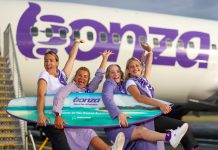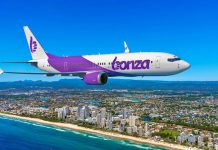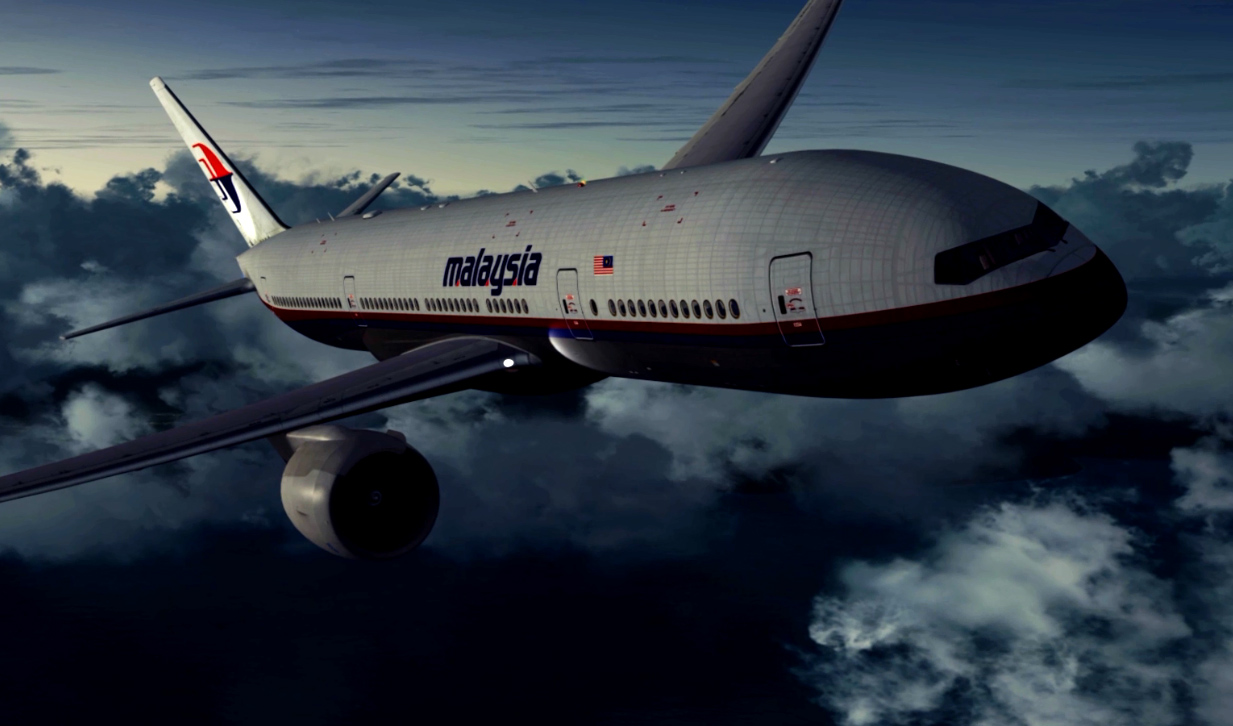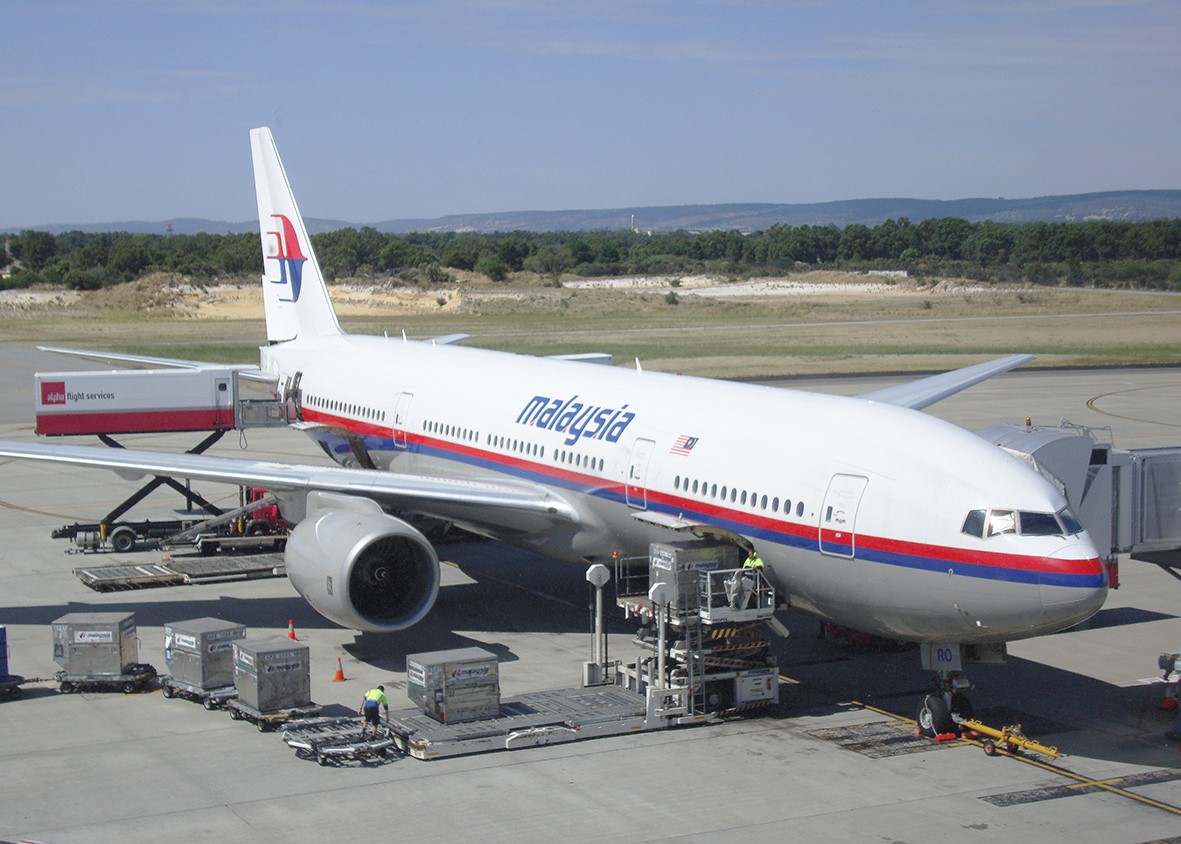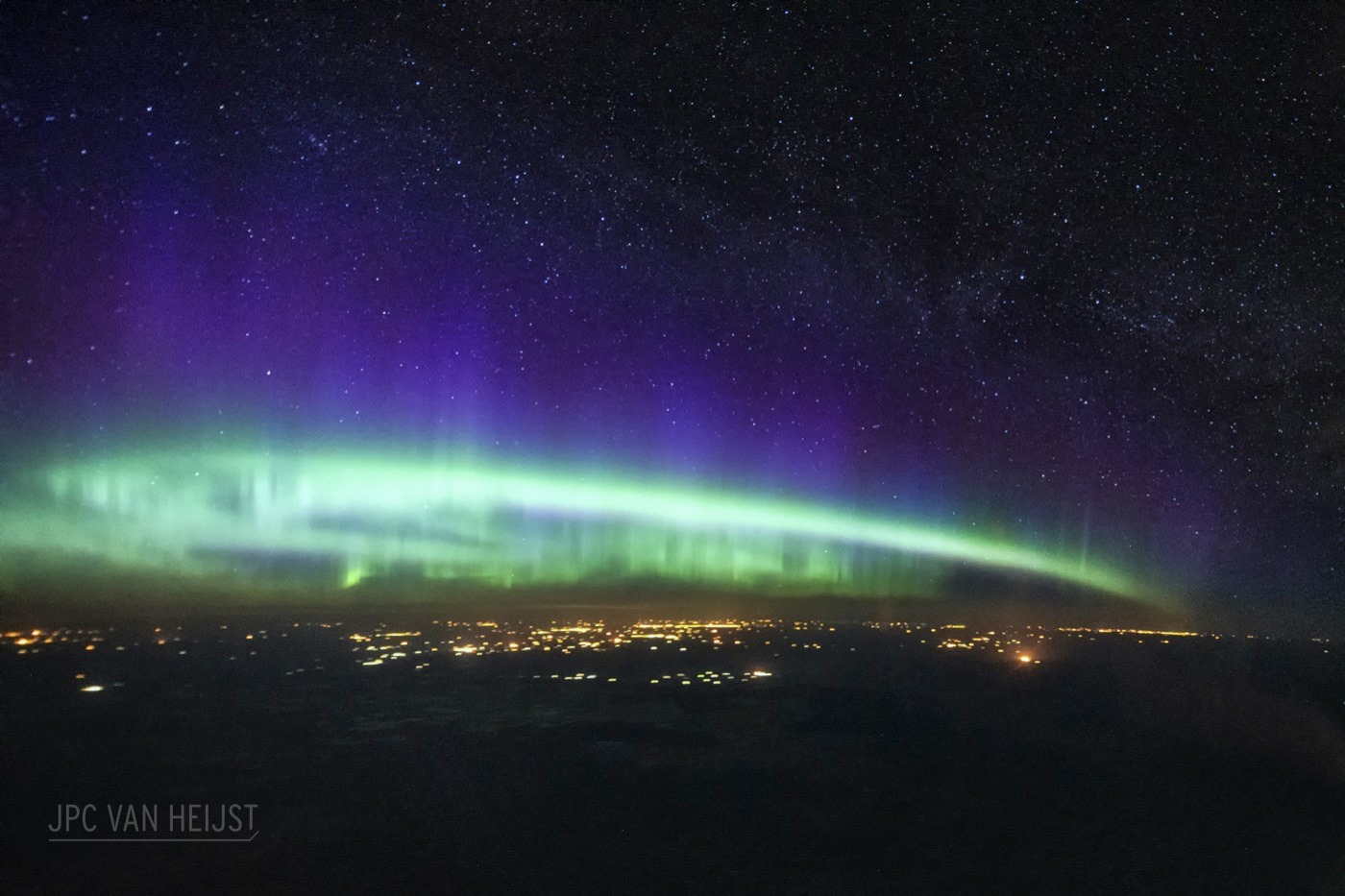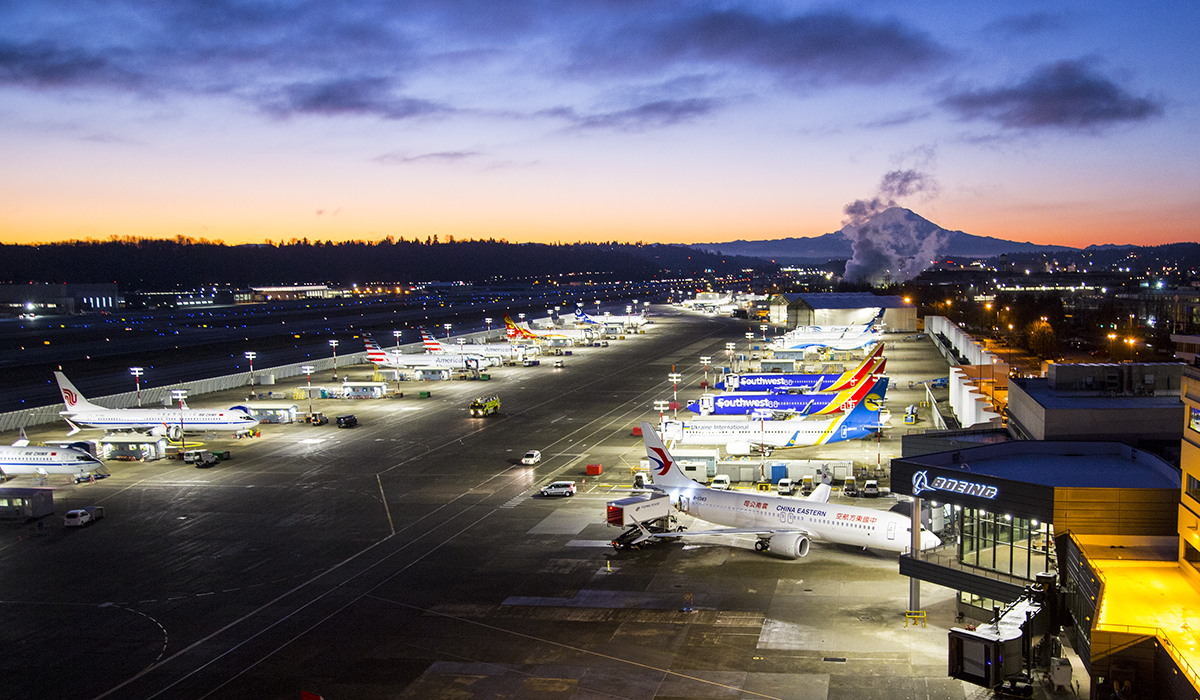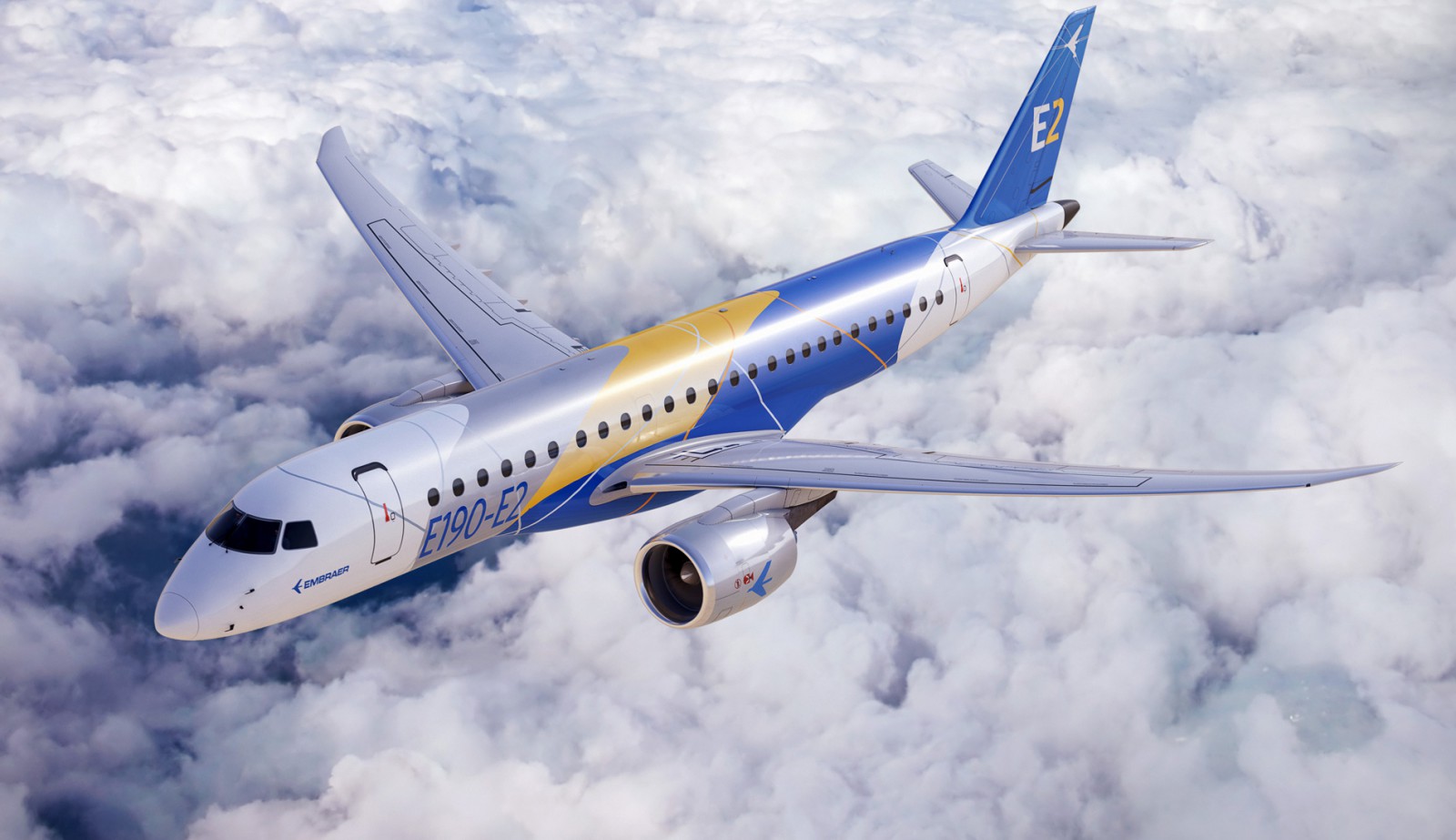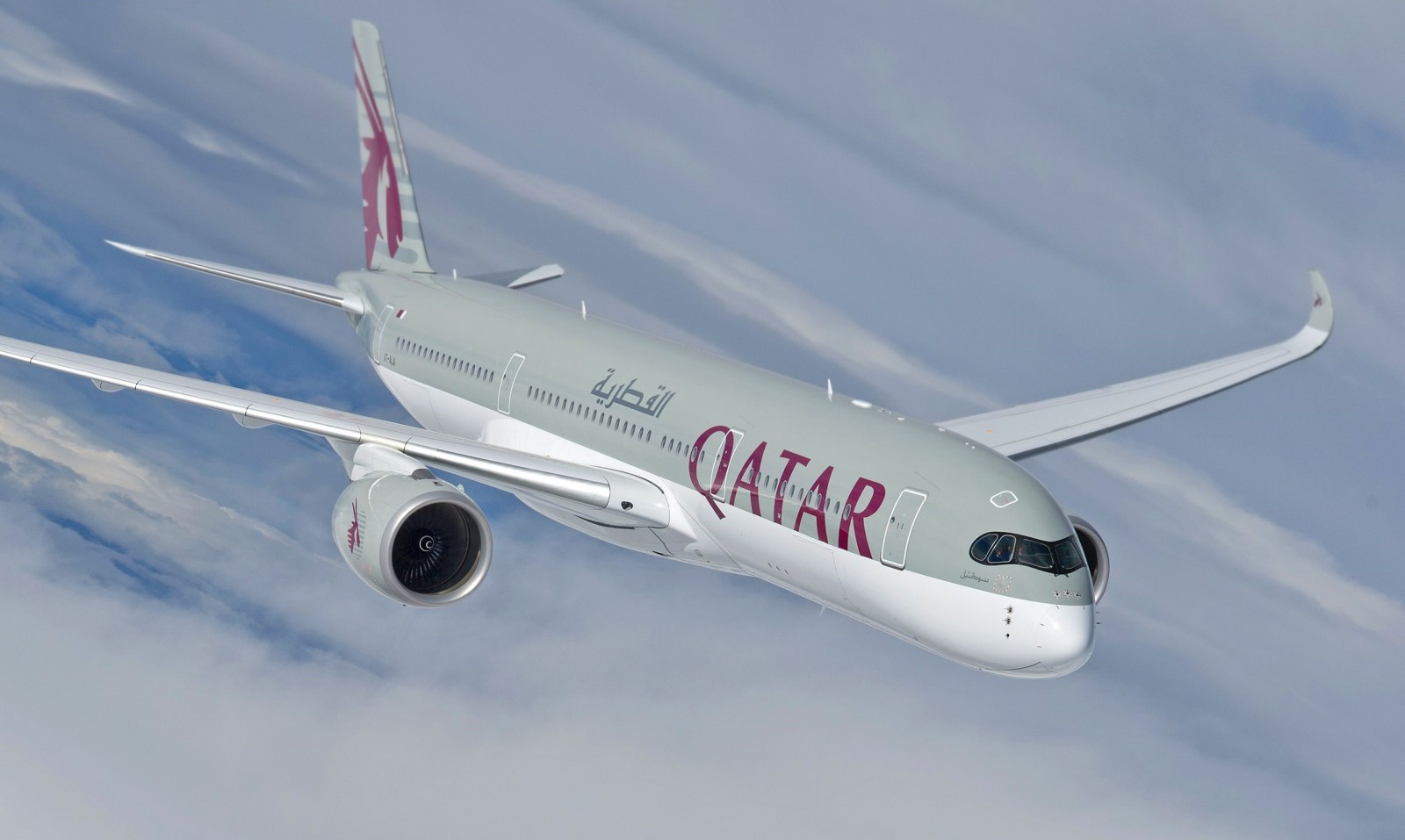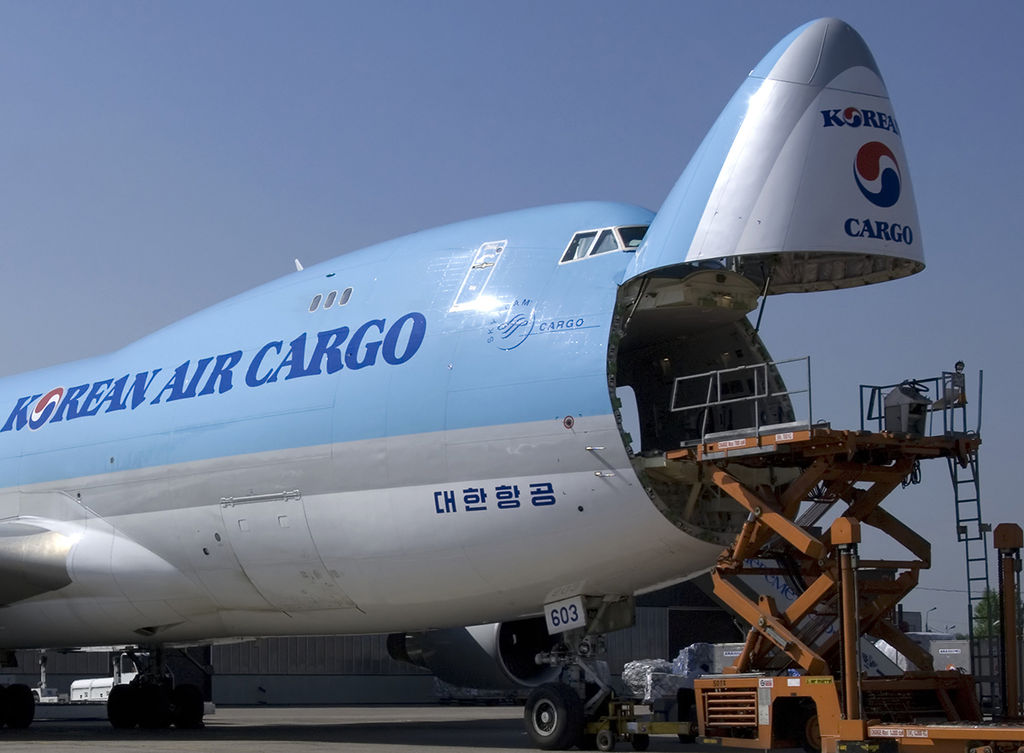Unlike any other journalist, I have been covering the tragic loss of MH370 from the moment she was reported lost.
I was in New York filming a documentary on the history of Boeing and my phone came alive with countless messages with just four words repeated; interview, MH370, 777, and Malaysia.
So began a seven-year journey of hope and despair as the incredible search waxed and waned.
Taking that journey to the depths of despair has been the flood of utterly bizarre conspiracy theories and the endless publishing of books – 130 – on the disappearance.
It would have been easy for this website to publish all this rubbish and build more traffic to the site – as many newspapers and websites have done – but our reputation would have been worthless.
Sadly, much of the coverage of MH370 has been run via blog sites which are essentially immune from litigation. Many of the commentators are not academic, intelligent, educated, or streetwise, but they want to have their say.
And if they are not heard, they will shout even louder almost like an out-of-control kindergarten.
READ: Qatar Airways leads on COVID safety and felxibility
We at Airlineratings.com however have striven at every turn to examine every claim, every idea and only publish those that are credible.
Censorship? No just plain old commonsense as we are not peddlers of rubbish.
Our editorial team – both on staff and guest – has over 200 years of experience and is one of the most awarded in aviation with over 60 international awards and over 40 books to its credit and we take our responsibilities seriously and guard our reputation jealously.
There have been some wonderful heroes in the quest for the truth about MH370. The founder of the Independent Group, Duncan Steel its members that include Mike Exner, Victor Iannello, Don Thompson, and Richard Godfrey have all made quite brilliant contributions to the search as have the team at the Australian Transport Safety Bureau led by Peter Foley, who was also maligned by extreme elements of the media.
And then there is Blaine Gibson, who under the guidance of Charitha Pattiaratchi professor of coastal oceanography and the University of Western Australia has found a great deal of the debris or raised the profile of same for locals to find.
That work has enabled the drift modeling work that now confirms – with the satellite data – the final resting place of MH370.
Yet some irresponsible commentators accused him of planting debris.
Another shining light is the CSRIO’s David Griffin who has done some brilliant work on drift modeling even to replicate the actual Flaperon in sea trials and also shared all his data with the wider MH370 community.
Commercial pilots like Barry Martin and Andrew Banks have also made invaluable contributions to the search for MH370 in several papers.
Now Mr. Godfrey has further developed the WSPR technology which doesn’t suggest any different final resting place but may give us a more precise location and also tells us more about the actual flight path between the hourly satellite tracking.
Yes, there are detractors from well credentialled and well-meaning experts but those who doubt are balanced with those who say this is credible – very credible.
This website wholly supports Mr. Godfrey who is clearly a brilliant man and very well-intentioned. He deserves all of the MH370 community’s support.


